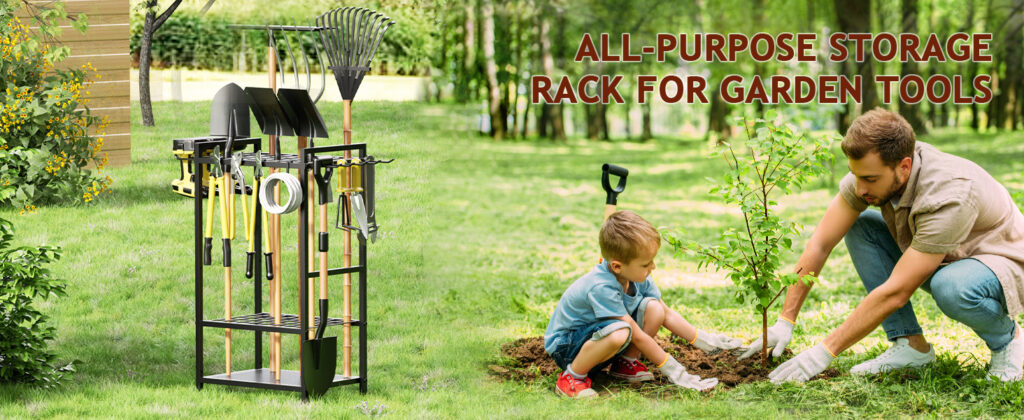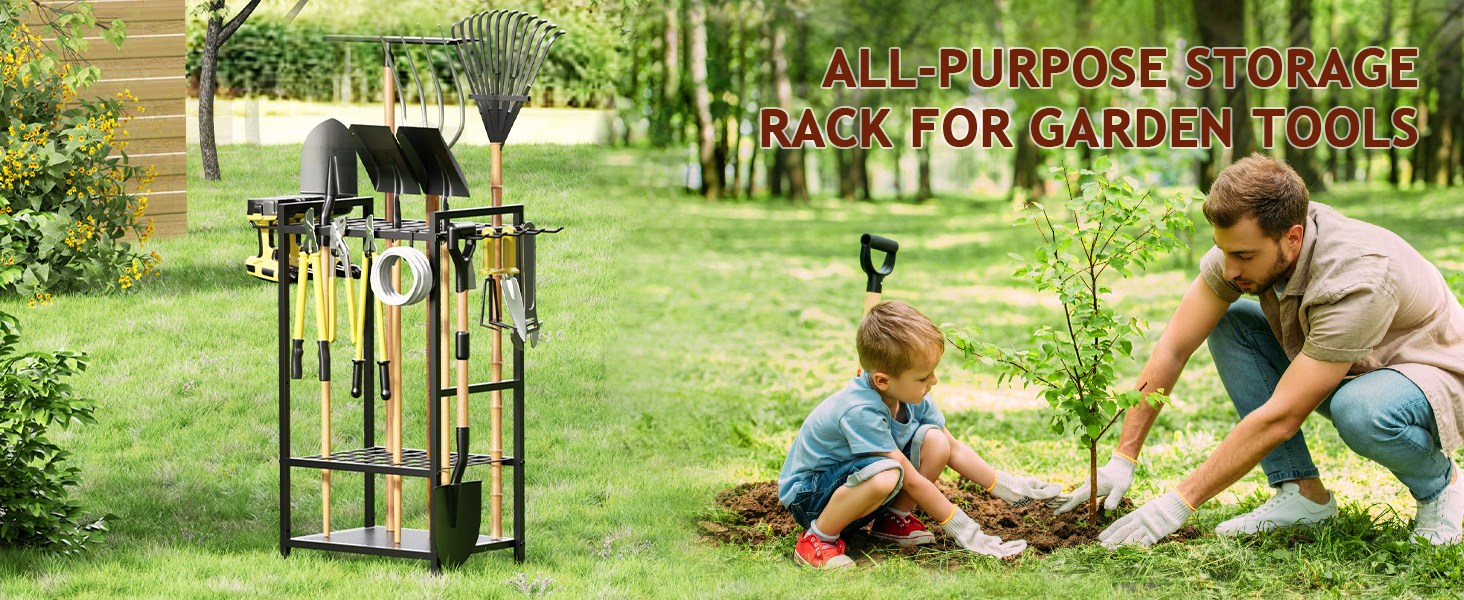
Shovels: A Comprehensive Guide to Types, Uses, and Buying Considerations
The humble shovel, a tool as old as agriculture itself, remains an indispensable part of our lives. From gardening and construction to emergency preparedness, the shovel’s versatility is unmatched. This guide provides a comprehensive overview of different types of shovels, their specific uses, and crucial factors to consider when purchasing one. Whether you’re a seasoned professional or a weekend gardener, understanding the nuances of shovels will ensure you select the right tool for the job.
Understanding the Anatomy of a Shovel
Before diving into the various types, it’s essential to understand the basic components of a shovel. These include:
- Blade: The working end of the shovel, designed to scoop, dig, or move materials. Blade shape, size, and material vary greatly depending on the intended use.
- Socket: The part that connects the blade to the handle. A strong and well-designed socket is crucial for durability.
- Handle: Provides leverage and control. Handles are typically made of wood, fiberglass, or steel, each offering different levels of strength, weight, and comfort.
- Grip: The end of the handle, designed for a comfortable and secure hold. Grips can be D-shaped, T-shaped, or straight.
Types of Shovels and Their Uses
Round Point Shovels
Round point shovels, characterized by their pointed, curved blade, are ideal for digging into hard soil and breaking ground. They are commonly used for:
- Digging holes for planting trees and shrubs
- Moving soil, sand, and gravel
- Breaking up compacted soil
The pointed blade allows for easier penetration into the ground, making it a versatile tool for various digging tasks. Look for shovels with forged steel blades for maximum strength and durability.
Square Point Shovels
Square point shovels, also known as flat shovels, feature a flat, square blade. They are best suited for scooping and moving loose materials, as well as scraping surfaces. Common uses include:
- Moving mulch, gravel, and other loose materials
- Scraping concrete surfaces
- Edging lawns
- Mixing concrete
The flat blade allows for efficient scooping and spreading of materials. These shovels are also useful for creating clean edges in gardens and walkways.
Spade Shovels
Spade shovels have a flat, narrow blade with a slightly rounded or pointed tip. They are designed for precise digging and edging. Typical applications include:
- Edging flower beds and lawns
- Transplanting small plants
- Cutting through roots
The narrow blade allows for clean and precise cuts, making spade shovels ideal for detailed gardening tasks.
Trenching Shovels
Trenching shovels feature a long, narrow blade designed for digging narrow trenches. They are commonly used for:
- Digging trenches for irrigation systems
- Laying pipes and cables
- Creating drainage ditches
The narrow blade allows for efficient digging in confined spaces. These shovels are essential for plumbing and landscaping projects. [See also: Best Trenching Techniques]
Snow Shovels
Snow shovels are designed to remove snow from driveways, walkways, and other surfaces. They typically have a large, wide blade made of plastic or aluminum. Considerations include:
- Blade Material: Plastic is lightweight, while aluminum is more durable.
- Handle Length: Choose a length that allows you to maintain a comfortable posture.
- Ergonomic Design: Look for shovels with curved handles to reduce back strain.
Using the correct snow shovel can significantly reduce the risk of injury during winter weather. Proper technique is also crucial. [See also: Winter Safety Tips]
Folding Shovels (Entrenching Tools)
Folding shovels, also known as entrenching tools, are compact and portable shovels designed for military, camping, and emergency use. They typically have a steel blade that can be folded for easy storage. These shovels are valuable for:
- Digging foxholes and trenches
- Clearing debris
- Self-rescue situations
Their portability makes them ideal for survival kits and outdoor adventures.
Factors to Consider When Buying a Shovel
Choosing the right shovel depends on several factors:
Material
- Blade: Steel blades are the most durable, while aluminum blades are lighter and rust-resistant. Plastic blades are suitable for light-duty tasks.
- Handle: Wood handles are traditional and offer good shock absorption, but they can be prone to rot. Fiberglass handles are strong and lightweight, while steel handles are the most durable but can be heavy.
Handle Length
The correct handle length is crucial for comfort and efficiency. A shovel that is too short will cause you to bend over excessively, leading to back pain. A shovel that is too long will be difficult to control. As a general rule, the handle should reach your chest when the blade is resting on the ground.
Grip
Choose a grip that feels comfortable in your hand. D-shaped grips offer a secure hold, while T-shaped grips provide more leverage. Some shovels have ergonomic grips designed to reduce hand fatigue.
Weight
Consider the weight of the shovel, especially if you will be using it for extended periods. Lighter shovels are easier to maneuver, while heavier shovels offer more power for digging. Balance is key – a well-balanced shovel will feel less tiring to use.
Durability
Invest in a high-quality shovel that will withstand heavy use. Look for shovels with forged steel blades, reinforced sockets, and durable handles. Read reviews and choose brands known for their quality and reliability.
Intended Use
The most important factor is the intended use. A gardener will need different shovels than a construction worker. Consider the types of tasks you will be performing and choose a shovel that is specifically designed for those tasks. [See also: Gardening Tools for Beginners]
Proper Shovel Maintenance
To ensure your shovel lasts for years, proper maintenance is essential:
- Cleaning: After each use, clean the blade with a brush and water to remove dirt and debris.
- Sharpening: Sharpen the blade regularly with a file to maintain its cutting edge.
- Storage: Store your shovel in a dry place to prevent rust and corrosion.
- Handle Care: If your shovel has a wooden handle, treat it with linseed oil to prevent it from drying out and cracking.
The Enduring Legacy of the Shovel
From ancient civilizations to modern construction sites, the shovel has remained a fundamental tool. Its simple yet effective design has stood the test of time, and its versatility continues to make it an indispensable asset for a wide range of tasks. By understanding the different types of shovels and their specific uses, you can choose the right tool for the job and ensure its longevity through proper maintenance. Whether you’re digging a garden, clearing snow, or embarking on an outdoor adventure, the shovel is a reliable companion that will help you get the job done efficiently and effectively.

